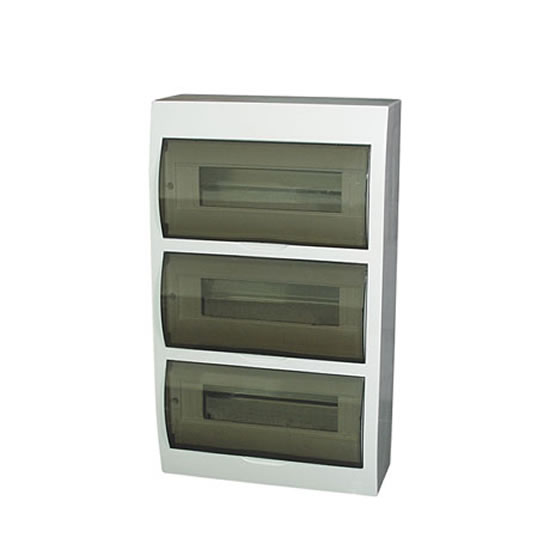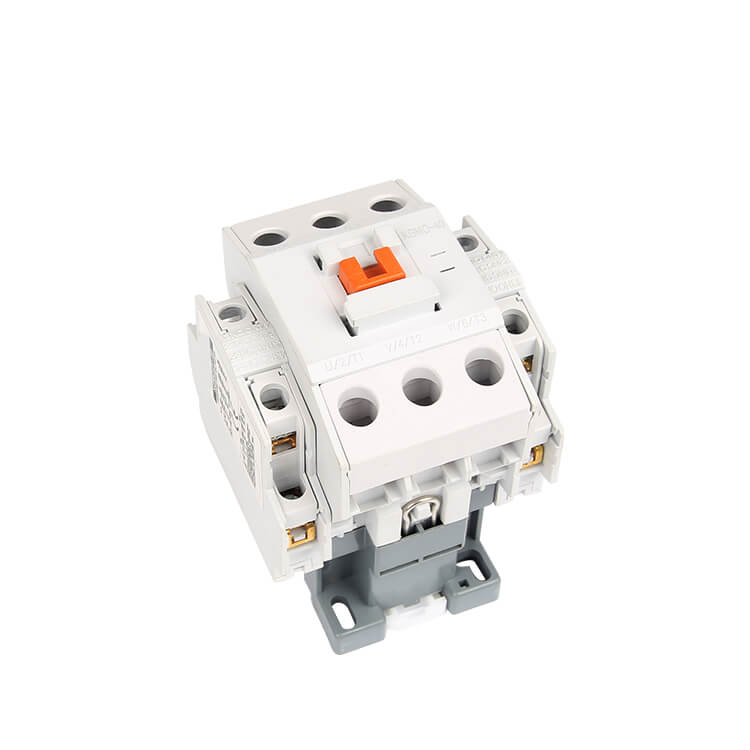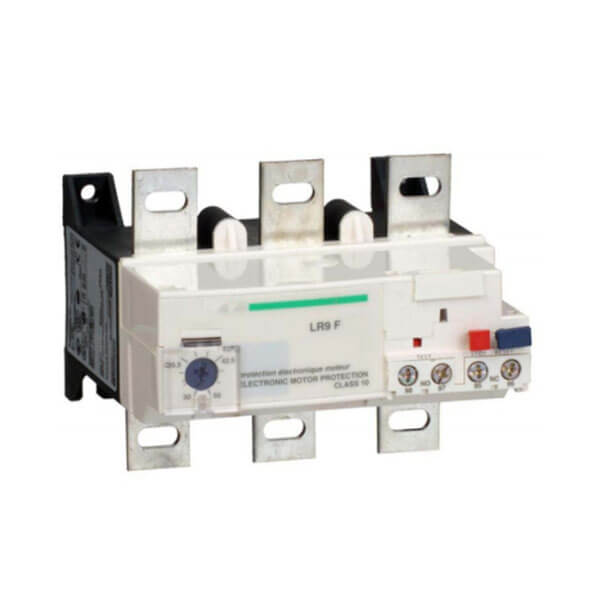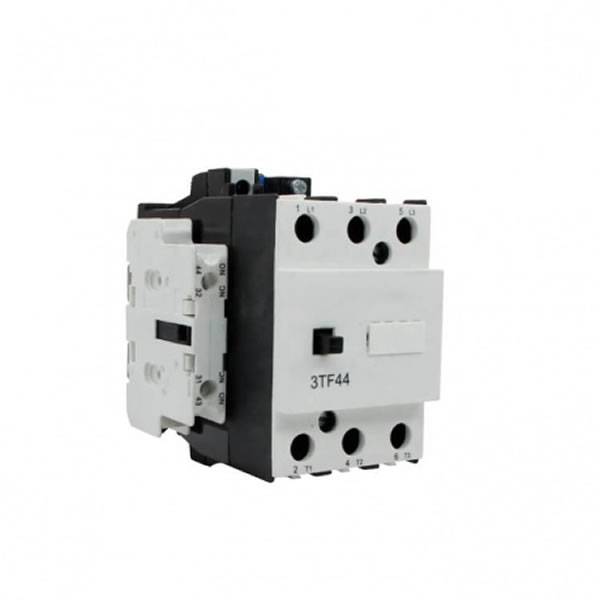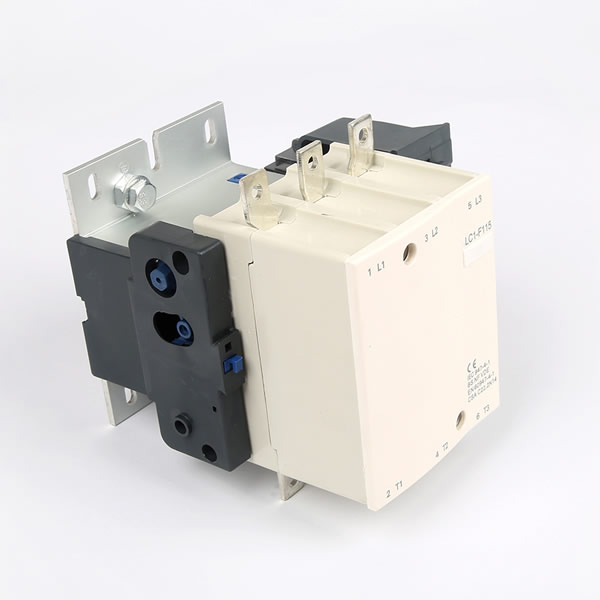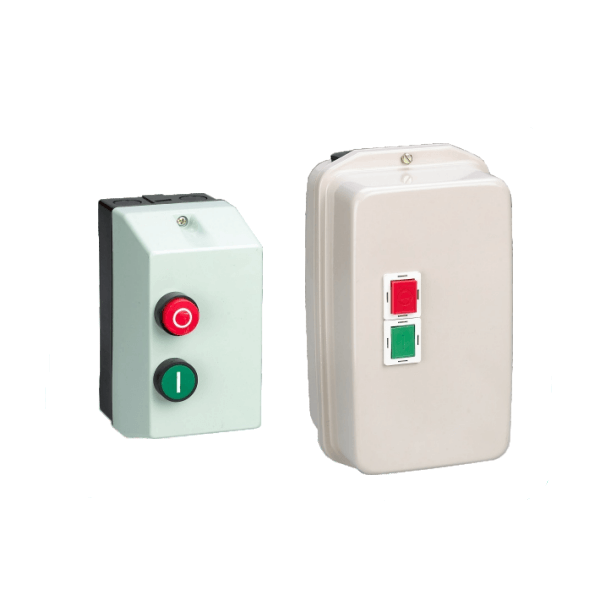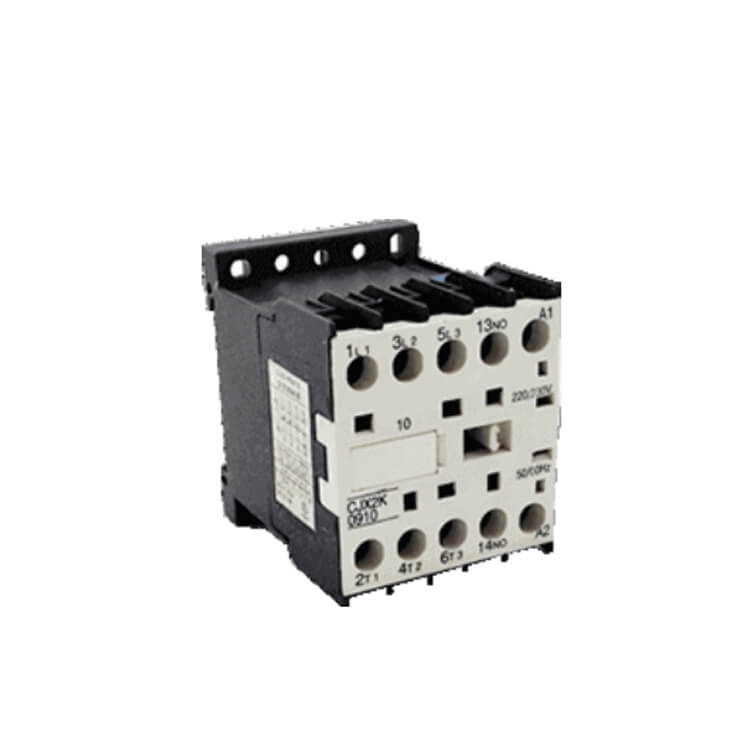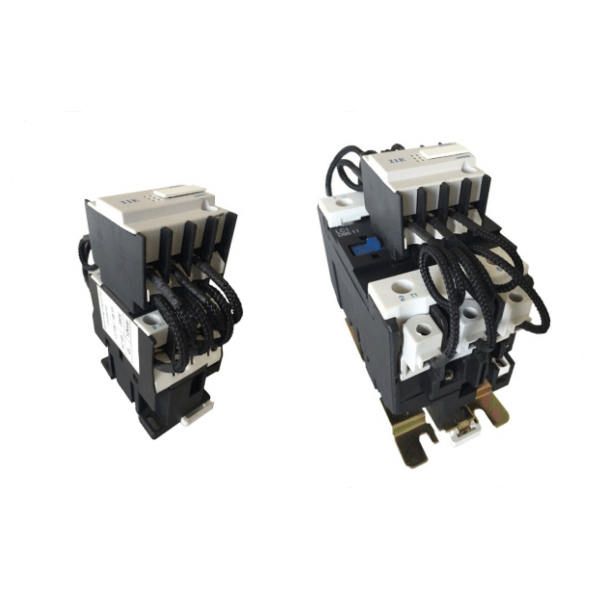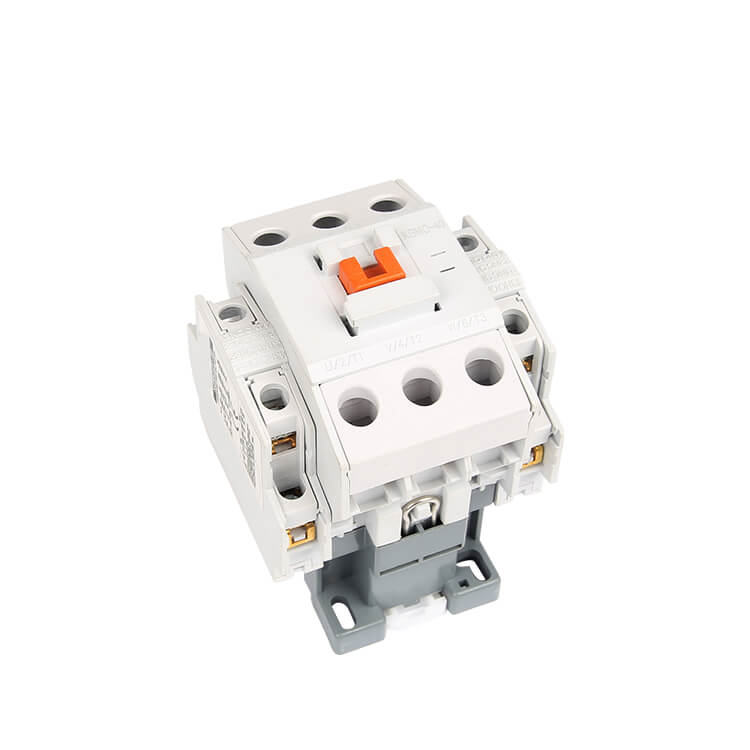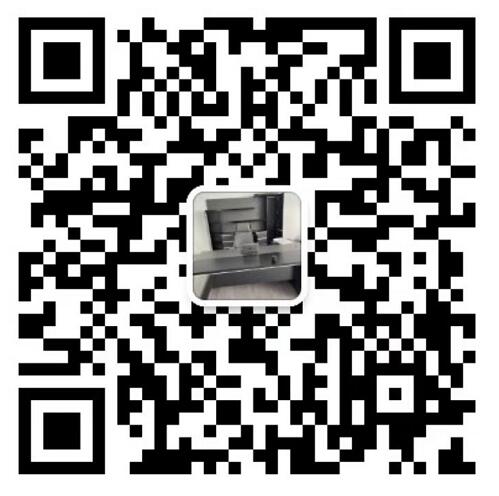Introduction of test method for AC contactor
Test conditions
(1) The test sample shall conform to the drawings and technical documents approved by the specified procedures.
(2) Each test item shall be carried out on a new energy saver equipped with applicable and typical AC contactors. Some test items are allowed to be carried out on the same test object without affecting its equivalence.
(3) Before the test, it is allowed to operate the economizer several times under no-load or load conditions.
(4) Tolerance of test quantity
In addition to the provisions in the test method, the allowable error of test parameters is as follows:
Voltage: ± 5%;
Power factor: ± 0.05;
Current: ± 5%;
On the premise of the agreement of the manufacturer, for the convenience of the test, it is also effective to use more severe test parameters and test methods than specified.
Verification of structural requirements
(1) Sign inspection and sign durability test
Check whether the contents of the nameplates and signs in Chapter 5 meet the requirements of relevant documents.
For the signs on the shell or the name plate of the economizer, take a piece of absorbent cotton soaked in distilled water and rub it back and forth for 15 times in about 15 seconds, and then use a piece of absorbent cotton soaked in gasoline and rub it back and forth for 15 times in about 15 seconds. The signs should still be easy to identify.
This test may not be carried out for the marks made by pressing, molding and other methods.
After all the tests specified in this standard, the marks on the shell or nameplate shall still be easy to identify without any warpage.
(2) Damp heat resistance test
DB test method was used in this experiment.
During the test, the sample should be installed in the normal working position.
The test conditions are in accordance with the severity level specified in 7.1.1.1 and the requirements of Chapter 5 of GB / T 2423.4-1993.
About the test sample: the test should be carried out in the last 1 h ~ 2 h of the "low temperature and high humidity" stage in the process of condition test. At this time, the temperature in the test chamber is 25 ℃± 3 ℃, and the relative humidity is 95% ~ 98%, and the condensation on the product should be avoided to affect the test results.
The measurement work should start from measuring the insulation resistance first, and then carry out the power frequency voltage withstand test. The measured insulation resistance value should not be less than 1.0 m Ω, the voltage value of voltage withstand test should be 2000 V, and the voltage application time should be 1 mm.
(3) Measurement of relative leakage tracking index (CTI) of insulating materials
The insulation materials used for energy-saving appliances shall be verified according to the test methods, test equipment and test procedures specified in GB / T 4207.
The CTI value of insulating materials should not be less than 100.
If the data obtained by the manufacturer from the insulating material manufacturer or other reliable aspects can prove that the CTI value of the insulating material is greater than 100, this test may not be carried out.
(4) Resistance to abnormal heat and fire hazard test
For the resistance to abnormal heat and fire hazard, the test should be carried out on the economizer or the appropriate parts taken out of the economizer. However, in some cases, tests on preselected materials may be allowed to replace tests on the economizer or its components.
Parts made of insulating materials (except ceramic materials) of energy saver shall be tested for abnormal heat resistance and fire hazard according to GB / T 5169.4. The temperature at the top of the glow wire is as follows:
(a) The insulating material parts used to keep current carrying parts and grounding circuit parts in normal position shall be tested at 960 ℃± 15 ℃ for 30 s ± 1 s;
(b) The insulating material parts that are not necessary to keep the current carrying parts and grounding circuit parts in normal position are tested at 650 ℃± 10 ℃ for 30 s ± 1 s, even if they are in contact with them.
If several insulating material parts are made of the same material and the test temperature requirements are different, only one part is tested at a higher temperature.
This test is only carried out on the parts of one test object.
In the test, this test was repeated on only one test sample.
The test time was 30s ± 1s.
During the test, the test object should be placed in the most unfavorable position (the tested surface is in the vertical position) for the intended use.
Considering the condition that the heating element or the heating element may contact with the test object, the top of the heating wire shall be applied to the specified surface of the test object.
The glow wire test is considered to be qualified if:
1) No visible flame and no continuous glow;
2) The flame or glow on the sample disappears within 30s after the hot wire is removed.
In addition, the tissue paper under the sample should not be on fire or the pine board should not be scorched.
For the resistance to abnormal heat and fire hazard, the test should be carried out on the economizer or the appropriate parts taken out of the economizer. However, in some cases, tests on preselected materials may be allowed to replace tests on the economizer or its components.
(5) Measure electric clearance and creepage distance
The calculation and measurement method of electrical clearance and creepage distance shall be in accordance with Appendix A of GB / T 14041-2000, and the measured value shall meet the basic requirements.
(6) Mechanical performance test of terminal block
1) General conditions for testing
The test shall be carried out on each new terminal. When round copper conductor is tested, it shall meet relevant standards.
2) Mechanical strength test of terminals
During the test, 1.0 mm2 and 2.5 mm2 single core hard copper wires are used for the wiring terminals of the energy saver. The wires are connected and removed for 5 times respectively, and the tightening torque is 1.2 nm.
After each test, loosen the tightening screw (female). In the second test, a new conductor is used. The tightening device shall not be damaged or changed after the test.
3) Bend and loose test of conductor
The maximum number of connecting wires on the wiring terminal of the economizer is 2. The minimum cross-sectional area is 1.0 mm2 and the maximum cross-sectional area is 2.5 mm2. The conductor type is single core hard copper wire.
The test shall be conducted according to the provisions of GB / T 14041-2000.
4) Pull out test
The maximum number of connecting wires on the wiring terminal of the economizer is 2. The minimum cross-sectional area is 1.0 mm2 and the maximum cross-sectional area is 2.5 mm2. The conductor type is single core hard copper wire.
The test shall be conducted according to the provisions of GB / T 14041-2000.
5) Connection capacity test of non prefabricated round copper conductor with maximum specified cross section
The connecting wire on the wiring terminal of the economizer is 2.5 mm2 single core hard copper wire.
The test shall be conducted according to 1.5 of GB / T 14041-2000.
Verify performance requirements
(1) Sequence (procedure) test items
There are two procedure tests for economizer, which should be subject to the examination of sequential test. Each procedure test should be carried out on the same group of new products according to the specified (a), (b) The sequence test items were carried out. All sequential test items in procedure test shall not fail.
1) Sequence test items of procedure test 1
(a) Temperature rise test;
(b) Action condition test;
(c) Dielectric property test.
2) Sequence test items of procedure test 2
(a) Making and breaking capacity test of contactor;
(b) Performance test of contactor.
